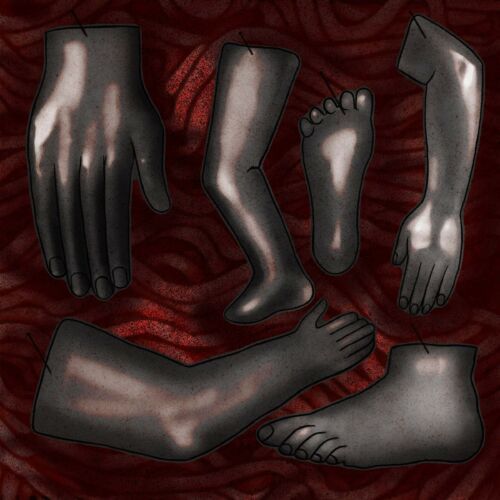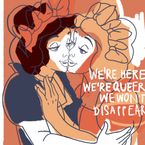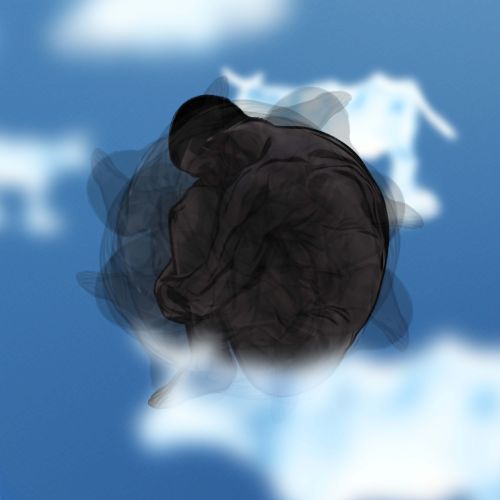Indigenous dogs of North America and the evolution of Homo neanderthalensis
Based on recent archaeological findings, scientists believe Neanderthals probably developed the capacity for symbolic, complex thinking and at least elementary communication through symbols. They were able to cook, make jewellery and paint. According to a study carried out in 2021, the DNA of modern humans differs from that of Neanderthals by only 1.5 to 7%. Neanderthals walked upright like representatives of Homo sapiens, but they had more prominent noses that warmed and moistened the cold air they inhaled, while their larger eye sockets enabled them to see better in low light. Dental research suggests that they used their teeth almost like a third hand, e.g. to hold leather while processing it.
The dog companions of Native Americans, descendants of animals that arrived from Asia 14,000 years ago, resembled foxes or wolves and howled instead of barking. After discovering their bones and DNA fragments in Jamestown, Virginia, we know that these animals served various functions: they helped in hunting, kept their owners warm and protected, and served as draught animals and perhaps as companions in the afterlife. Salish Wool dogs were bred for their white fur from which blankets were woven. Sometimes dogs were eaten, such as during periods of famine, and the Iroquois held feasts dedicated to the god of war, during which they ritually consumed dog meat. Other indigenous groups made dog sacrifices. The indigenous dogs were soon replaced by European dogs and in today’s representatives of the species, there are virtually no genetic traces of these indigenous animals anymore.

























